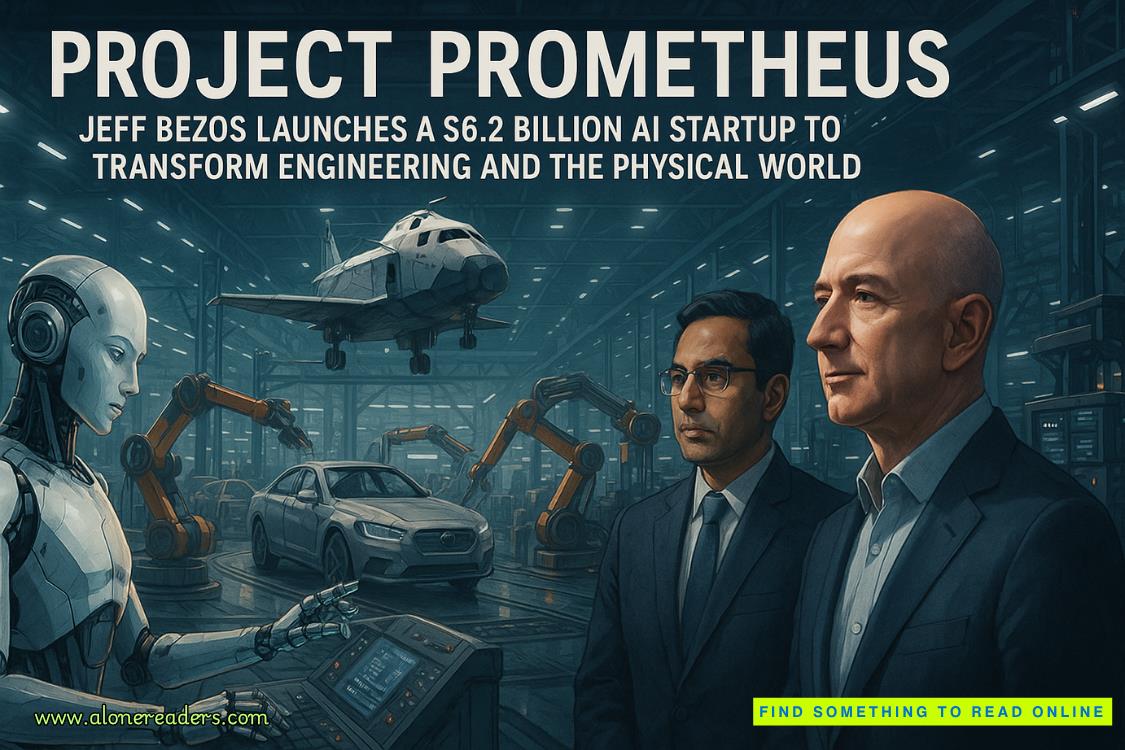Page 36 of Deadly Sacrifice
“Wait till you hear the location of their new development! The new one broke ground recently—in Iao Valley.’” Katie flared her eyes dramatically. “From what I can tell, the parent company, Global Lifestyles, bought up a bunch of properties using locals as fronts and offering inflated prices. And by locals, I don’t mean from Maui. All of the buyers were from other islands, and not one of them owns any other property here. It was a false front operation all the way, and Goodwin brokered the real estate part of the deals. Kuleana bought the last parcel themselves—that old botanical garden everyone loves in Iao Valley. They took over title on the earlier purchases and then consolidated the holdings into one big parcel where this new development is taking place.”
“I’ll play devil’s advocate,” Lei said. “I get that that kind of acquiring is underhanded, but what’s driving everyone crazy? Buying property isn’t a crime.”
“They want to build an ultraexclusive resort on the site. A hundred and fifty rooms with all the amenities, a thousand bucks a night. They plan to widen the road going into the valley, but only as far as their property. They’re even talking about putting a helicopter landing pad on the roof, so their clients won’t have to drive all five miles from the airport. And—drum roll, please—they want to dam the river that goes through the Valley to make a pool for their guests.”
Lei whistled softly. “That river is sacred, one of Na Wai ‘Eha. The ‘four great waters.’ Nothingponoabout that plan,” she said. “What about the victims themselves? Did you find anything that might be a motive for killing them individually?”
“Not so far. All of them had been involved in lawsuits, typical stuff you’d expect to see for people in their positions. Goodwin and Kleftes were recruited to the group about two years ago. The developer, David Steinbrenner, is from Newport Beach, in southern California, but he traveled all over the world building these projects. Kuleana is his baby through Global Lifestyles.”
“I’ll reach out to him today.” Lei got up to fetch a mug from the wall. This one read,OMG BYOB TGIF. She held it up. "Katie. I finally understand the saying on your mug."
Katie snorted, her fingers moving like lightning on her keyboard. “I call that my ‘old skool’ one. It's so dated.”
Lei rolled her eyes and came back with her cup of water. She sat down. “Wish you had a coffee machine down here.”
“I might have one by the next time you pay me a visit,” Katie’s dark eyes sparkled behind her sassy specs. “There are lots of grants out there for law enforcement if you know where to search.”
“In that case, I promise not to ask any questions if you make that happen,” Lei said. “Any more info for me?”
“I’ve been looking into the weapons. Mixed results so far, but the bottom line is no one TG and I have called remembers selling those Hawaiianleiomanoclubs.”
“But they aren’t too common, are they?”
“No. There may be a dozen people on the islands making reproductions, mostly artists who sell them in galleries throughout the state. No museums are missing any of their pieces. And none of the police departments have any complaints of theft. TG and I did a lot of calling.”
“So there’s no way to identify where they came from.”
“Not yet. Most of the artists put a mark on their work in place of a signature, but if there were any, they were filed off. TG thought they might be older pieces, because of the style and the type of wood. He thinks they’ve been around for years and could’ve been missing nearly that long. Or they could be something the killer already had. It’s a dead end so far.”
“They’re so distinctive, I thought that might be our best lead,” Lei said.
“It doesn’t get any better with the clothing. Thosemaloandpa‘uwere made out of cheap cotton, probably bedsheets or something, painted to look like oldkapacloth designs. It was a pretty half-assed job, too. They look passable from a distance, but up close, you can see how sloppy the work was.”
“What about thelei po’o?”
“The garlands the victims wore on their heads were handmade by someone who knew what they were doing. We’re still looking, but dozens of people on Maui make them. You can even buy them at the swap meet. One of our clerks in Records makes them for ahalauher daughter is in. She looked at photos and said it was a very common style, fairly easy to make, and not so distinctive that it would point to a particular lei weaver.”
“Too bad,” Lei said.
Katie leaned back in her chair and gave it a spin. Lei got up. “Make sure all this is in the case file so we can log in and review it anytime. I’ve got plenty to follow up on today, beginning with reaching out to that developer and the program manager for Kuleana.”
24
LEI
Lei spunher chair in her cubicle, her mind racing ahead as she prepared to make the call to David Steinbrenner’s residence. She’d already tried his cell and it went immediately to voice mail, where she’d left a message urging him to call her ASAP.
The case was getting more urgent by the minute, and talking to David Steinbrenner—the developer behind Kuleana—was critical.
She dialed the number for the Steinbrenner residence. The phone rang several times before a woman’s voice answered, sounding slightly out of breath.
“Hello?”
“Helen Steinbrenner?” Lei recognized a feminine voice. “Wife of David Steinbrenner?”
“Yes, who’s this?”
“This is Detective Sergeant Lei Texeira with Maui Police Department. I’m calling to speak with your husband, David. Is he home?”















